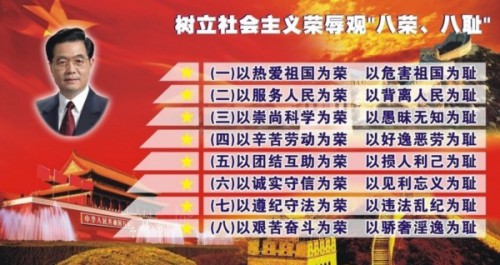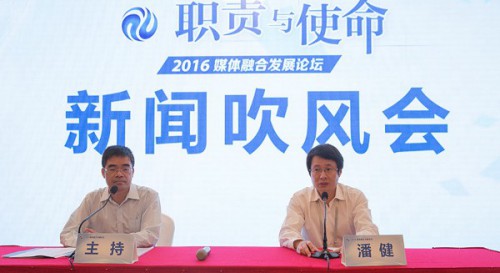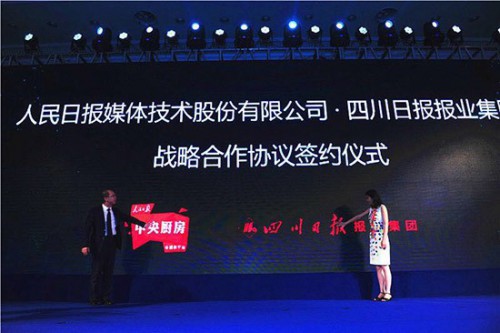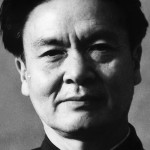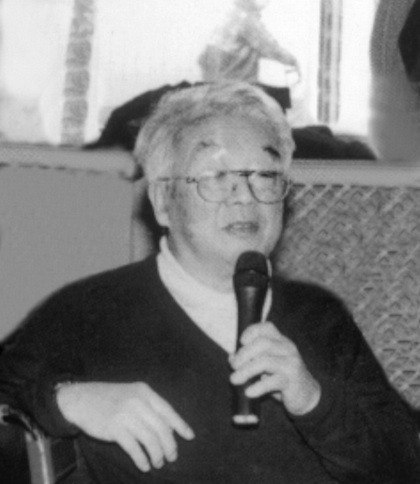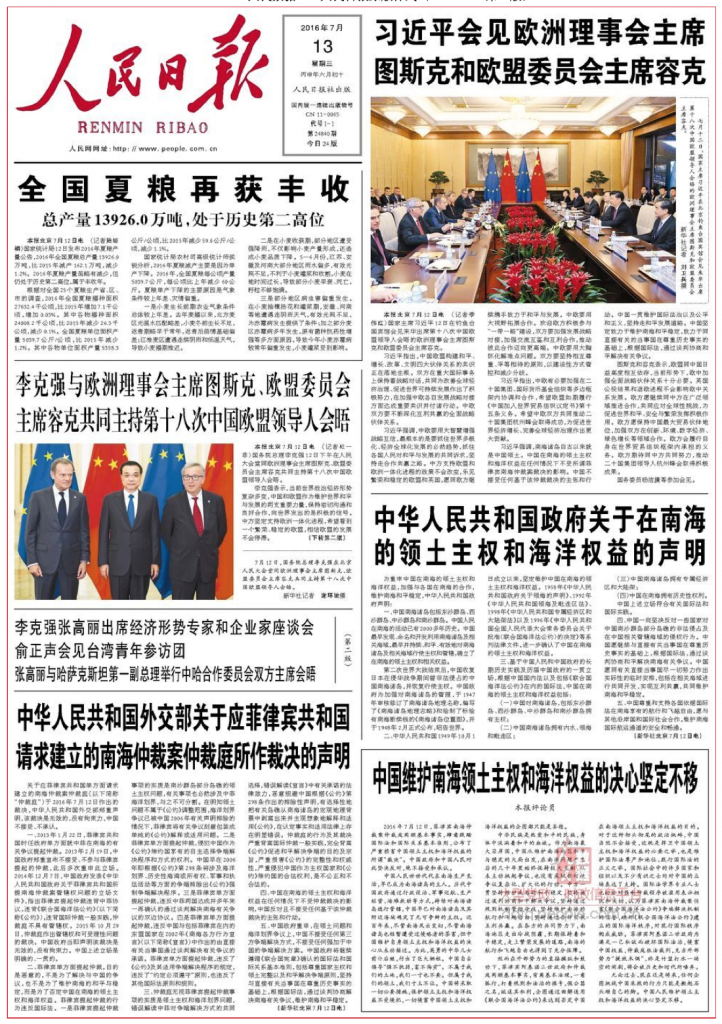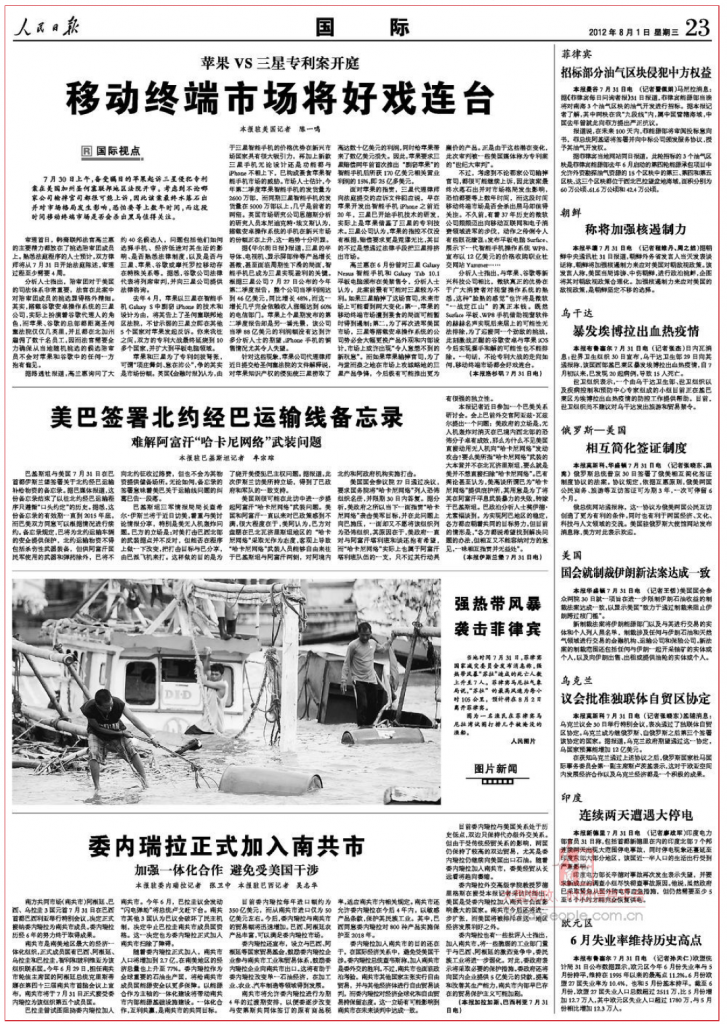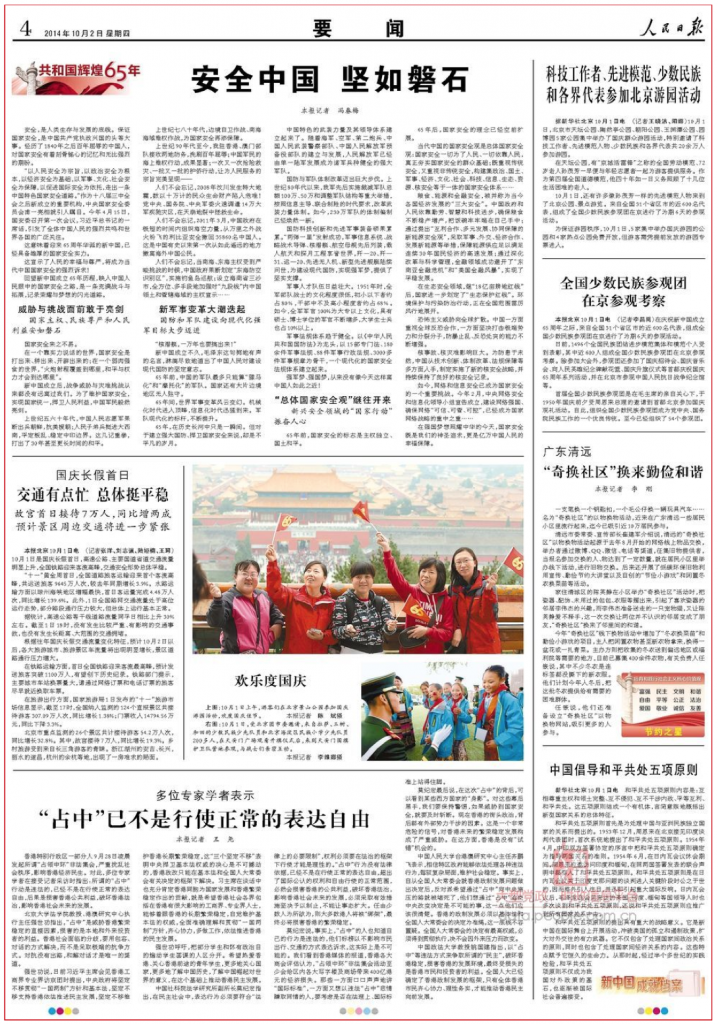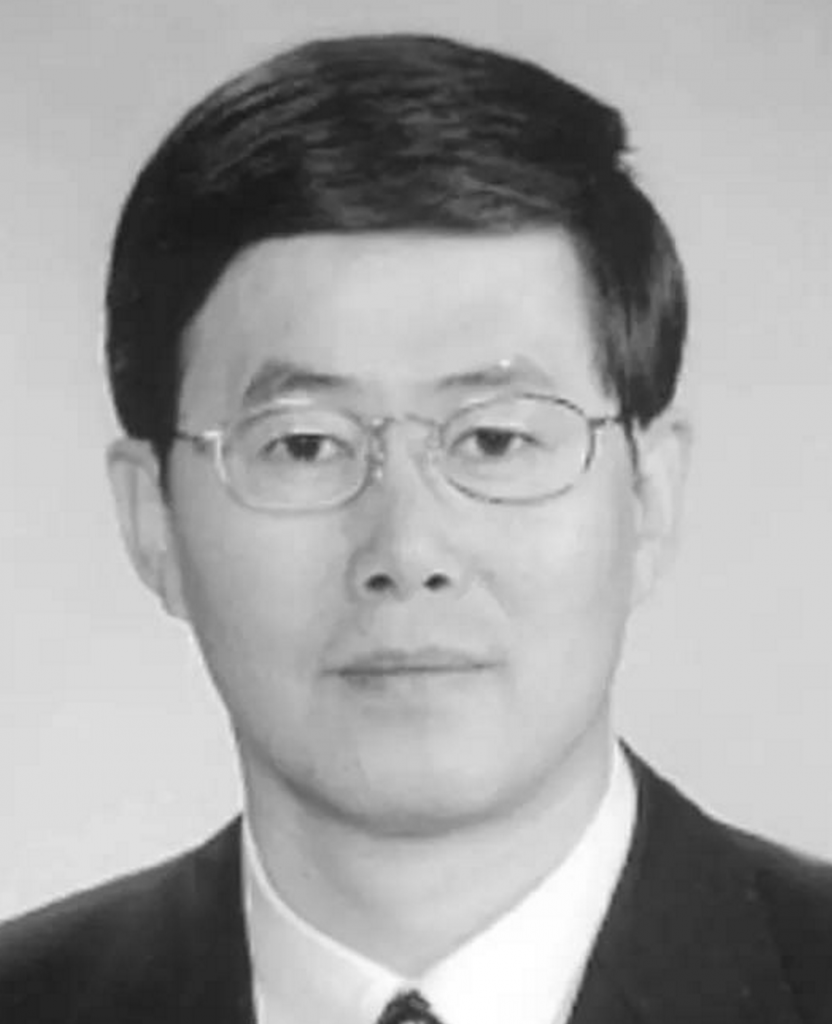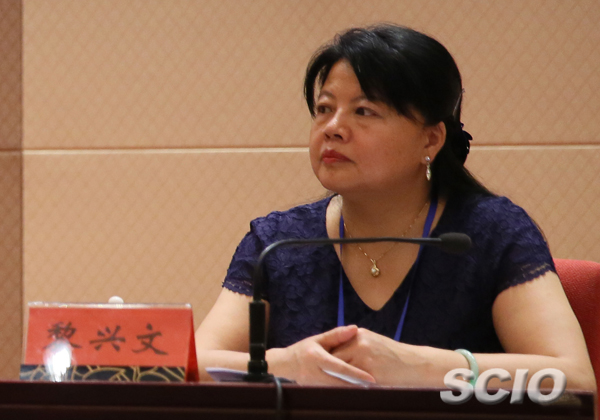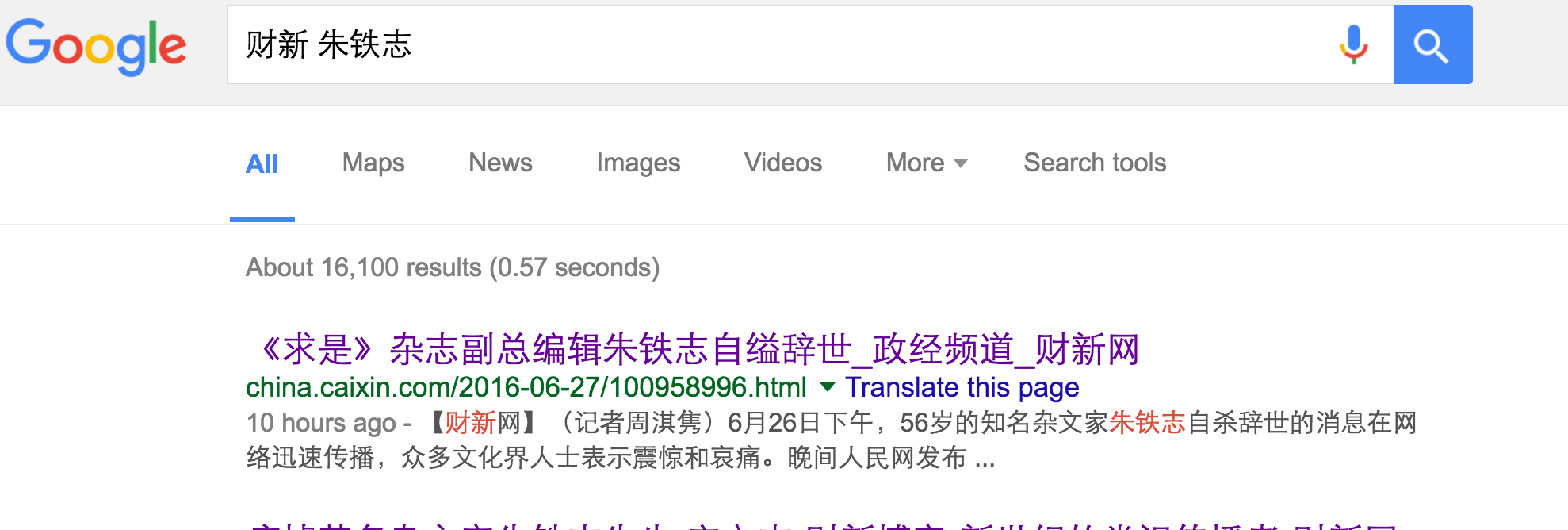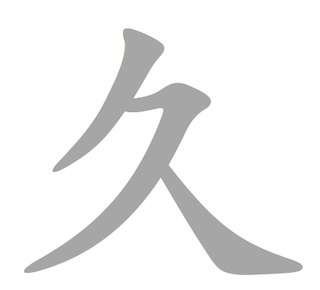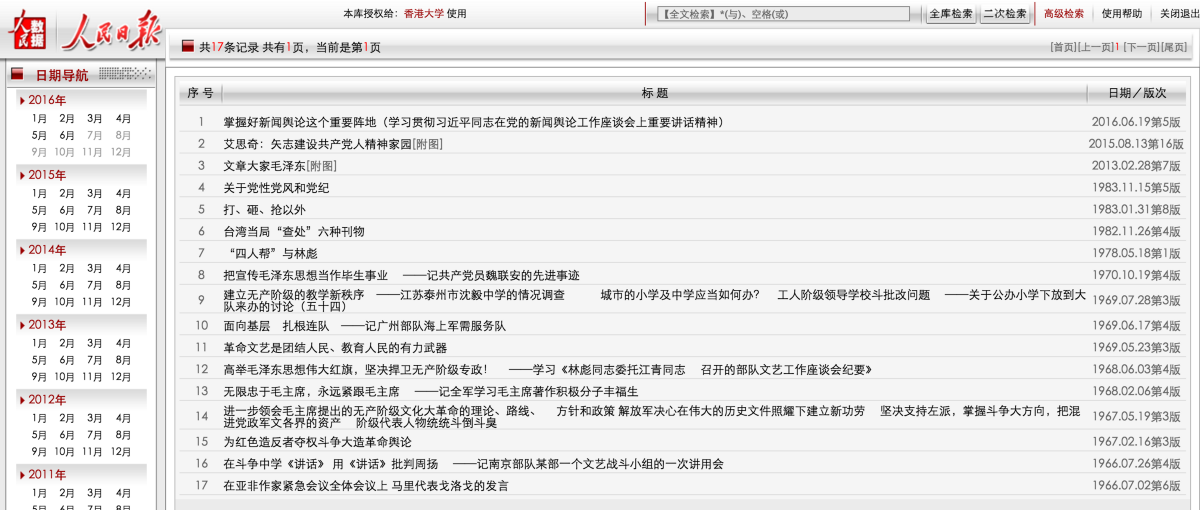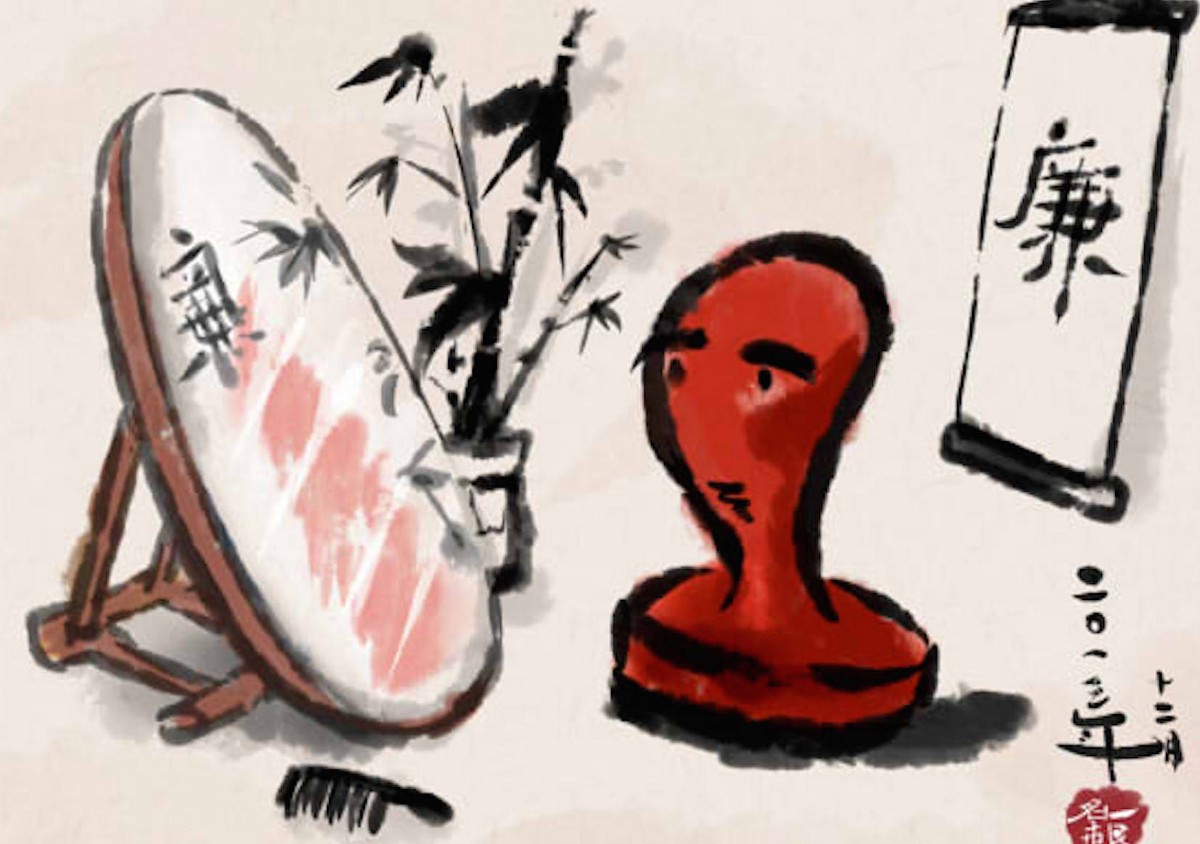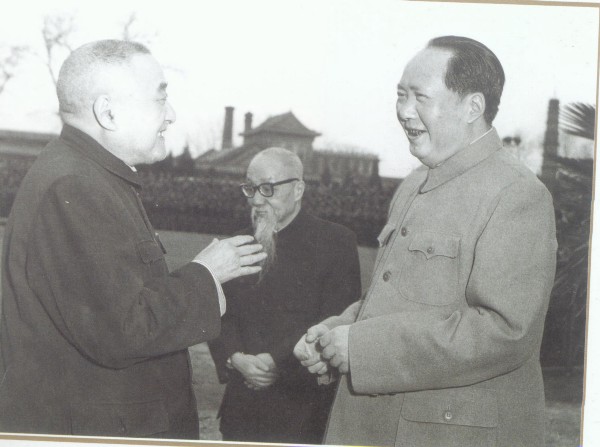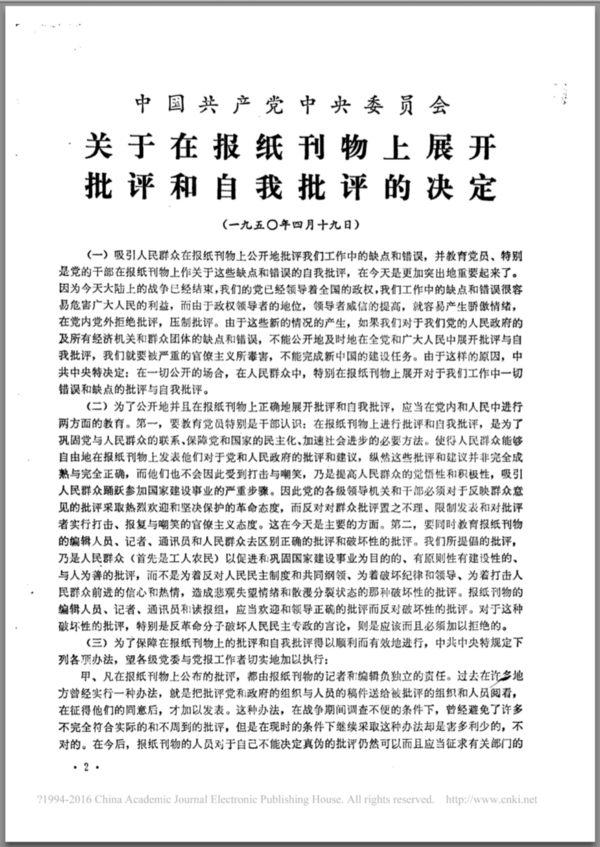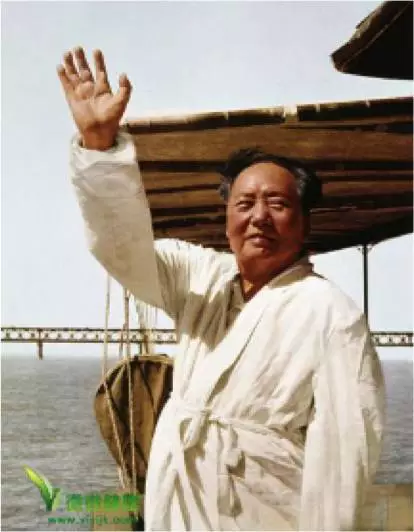Constitutional Hostility
Three long years ago, liberals and human rights advocates in China took heart from the idea that basic rights such as freedom of speech might be secured by fighting for the legal application of their country’s constitution. In January 2013, just weeks after Xi Jinping offered a hearty defence of the constitution on the occasion of its 30th anniversary, an influential pro-reform journal wrote that “making our constitution real would mean real progress toward political reform.” Moreover, the journal argued, full and serious implementation would stem rising social discontent by providing basic rights, to be ensured by “related institutional guarantees.”
Today, these constitutional hopes are being turned on their head by the serious application of more ideologically extreme language contained in this “fundamental law of the state,” first adopted on December 4, 1982.
Praising the recent verdicts against four legal rights advocates, all of whom were found guilty of “subversion of the state” in cases stemming from the arrest last year of more than 300 lawyers and activists, an August 6 commentary in the Chinese Communist Party’s People’s Daily newspaper said:
“Our nation’s constitution points out in a clear-cut manner, that, ‘The Chinese people must carry out struggle against domestic and foreign hostile forces and hostile elements that antagonise and damage our country’s socialist system.’”
The deployment against human rights activists of this constitutional passage about “hostile forces” is a sobering reminder of a contradiction that lies deep in the political DNA of the Chinese Communist Party — the notion that the flesh-and-blood people of China are ruptured into two struggling camps: those who willingly submit to the will of the Party, and those “enemies” who oppose “the people” and the “socialist transformation.”
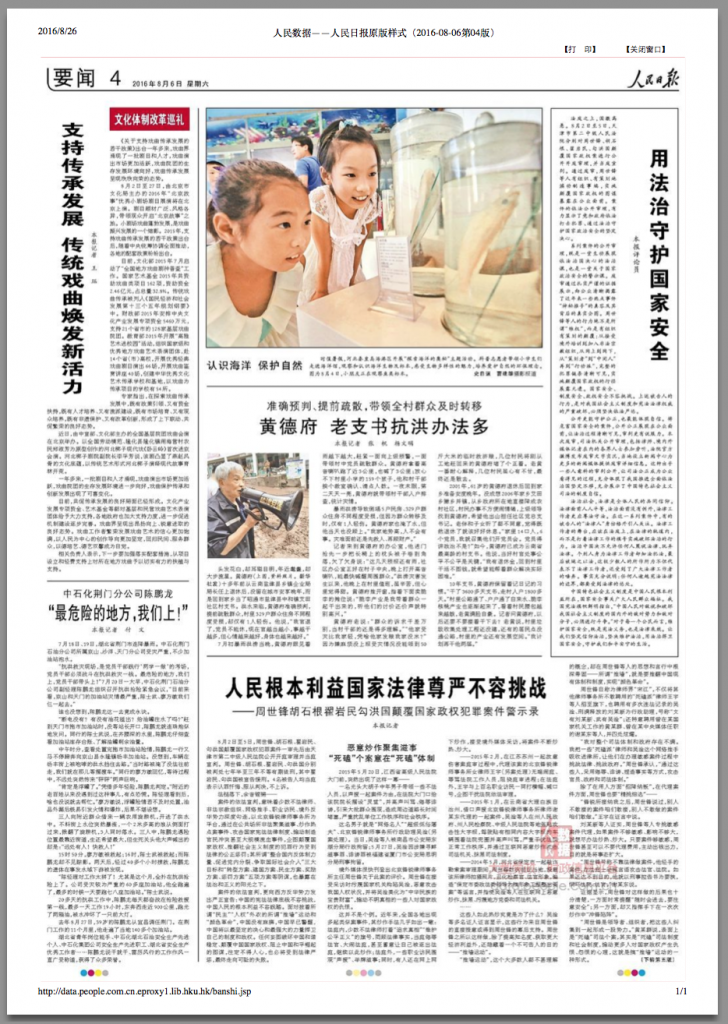
This idea has its origins in Mao Zedong’s infamous February 1957 speech on “internal contradictions among the people,” a shrill call to arms that urged ahead the Anti-Rightist Movement, sentencing millions of writers, artists, teachers and journalists to “re-education through labour” and other forms of punishment.
In his speech, which came to light only months later, Mao Zedong spoke of the need to “clearly distinguish between ourselves and the enemy, between right and wrong.” According to Mao’s diabolical calculus, basic human rights were denied opponents of the regime, burnishing, meanwhile, its democratic credentials:
Right now we talk about the system of democratic centralism, and this system is only applied within the purview of the people. So long as they are not enemies, they are the people, and within this purview there can be no question of dictatorship. The people cannot rule over themselves as dictators, because these people enjoy freedom of expression, freedom of assembly, freedom of association and freedom of procession and demonstration. These are written in the [1954] constitution.
Quoting the constitutional passage about “hostile forces,” the August 6 People’s Daily commentary argues that it is the “constitutional duty” of every Chinese “citizen,” or gongmin (公民), to protect national security. We should note, however, that the “hostile forces” passage refers not to citizens but to “the people” — and as many an official website can tell you:
The citizen is a legal concept, referring to anyone with nationality in our country. The people is a political concept, opposed to the idea of the enemy, and any class, group or social community that protects socialism and the integrity of the motherland falls within the scope of the people.
The term “hostile forces,” or didui shili (敌对势力), which rose to prominence in China during the political struggles of 1959, is a catchall phrase for the Party’s enemies, both internal and external, and a prime example of what my colleague, China Media Project director Qian Gang (钱钢), has called “aggressive discourse.”
Phrases of this kind — which include the likes of “westernised division,” or the idea of a grand conspiracy to destroy China through westernisation of its culture and institutions — are the bullets and bombshells of Chinese political discourse. They crop up with greater intensity in times of real or perceived vulnerability for the Chinese Communist Party.
For example, historical peaks for “hostile forces” in the People’s Daily include the aftermath of the violent crackdown on democracy protests in June 1989, and the suppression of the Falun Gong spiritual movement in 1999. Like other aggressive terminologies, “hostile forces” can be deployed against unspecified foreign enemies, or against domestic enemies both inside and outside the Party. At his recent trial, human rights activist Zhai Yanmin (翟岩民) turned the phrase on himself, stating in court that he now understood that he had been hoodwinked by false and dangerous ideas.
I willingly come forward that I may serve as an example, that my profound lesson will alert others and open their eyes, that they may see clearly the repulsive features of the external hostile forces, and of domestic persons with ulterior motives. They must not be deceived by the so-called ‘democracy,’ ‘human rights’ and the ‘public welfare’ they put on parade, leading them to criminal behaviour.
Speaking to the New York Times after the trial, Zhai’s wife disavowed his supposed confession. “What I heard was not what my husband would say,” she said.
Nor, in fact, did Zhai’s confession accord with the character of much of China’s constitutional language. Are citizens supposed to forget that the constitution was amended to include the term “human rights” in March 2004, at roughly the time that China’s rights defence movement was picking up steam?
That the class struggle DNA of China’s constitution should be exploited so openly today is a further sign of the extreme nature of the current political environment.
Even within the Chinese Communist Party, the question of “judicial enforcement of China’s constitution” (中国宪法司法化) — how, in other words, to give legal force to the rights it purports to guarantee — has been a longstanding issue taken seriously by legal scholars, and the “fiercely political” nature of much of the document’s language has been regarded generally as an impediment to be cleared away through the course of legal development.
For example, this 2010 piece in the People’s Tribune, a journal published by none other than the People’s Daily, puts political jargon at the top of its list of issues afflicting the constitution:
First of all, judging from the text of the constitution itself, we note that content of a political and programmatic nature predominates. Many principles and much content has been politicised and sloganised (口号化).
Despite Xi Jinping’s professed interest in “rule of law” as a guiding force in China, all bets are off where meaningful legal reform is concerned, and there is no better illustration of this than the crackdown on rights lawyers. Even basic ideas long accepted in principle by the Chinese Communist Party, such as “judicial independence,” are now off limits.
The wave of pro-reform constitutional fervour that came in the wake of Xi Jinping’s rise to power now seems a distant memory of self-delusion.
Out of curiosity, however, I decided to reach back into the past to uncover the last time the “hostile forces” language of China’s constitution had been actively deployed in China’s media as an argument against dissident views or activity.
Peeling back the layers, year after year, through both the Baidu and Google search engines, I could find nothing — no reference whatsoever outside of full-text offerings of the constitution itself. I turned to the People’s Daily, back beyond the Beijing Olympics, beyond SARS and the Sun Zhigang affair, through the era of Jiang Zemin, past Deng Xiaoping’s southern tour, that watershed event that accelerated economic development in China.
Then, finally, there it was:
Faced with their offensive, we have no choice and no route of escape. The only way is to answer with resolute blows, fulfilling the sacred responsibility bequeathed to us by our country’s constitution, [which says] ‘The Chinese people must carry out struggle against domestic and foreign hostile forces and hostile elements that antagonise and damage our country’s socialist system.’ Good people, we must be on the alert, our eyes open and clear, and we must resolutely struggle against the reactionary few!
The piece was called “What Does It Tell Us That Serious Incidents Have Occurred in Some Cities?” It appeared at the bottom of the front page, beside another commentary called “There Must Be No Interference in China’s Internal Affairs.”
The day was June 14, 1989.

